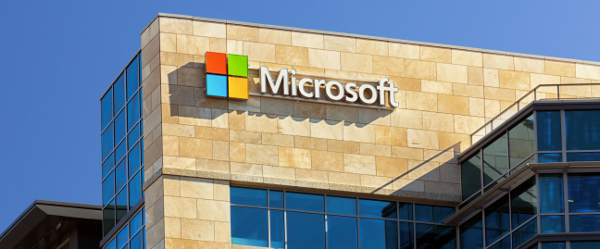
Microsoft has announced a fresh share buyback programme and raised its dividend as it seeks to spend cash reserves and boost its share price.
The IT company said that it would buy $40 billion in stock in the programme, with no expiration date given for the programme.
Microsoft’s current $40 billion programme should be completed by the end of 2016, Microsoft said.
This follows previous repurchase programmes that Microsoft has undertaken throughout the last decade or so, usually in cycles ranging anywhere between three to five years.
In 2013, Microsoft announced a $40 billion plan and raised its dividend 22 percent, replacing a previous $40 billion plan that ran from September 2008.
According to Microsoft’s Q4 2016 financial results, it is sitting on cash assets of $6.5 billion.
Microsoft’s share price rose around 1 percent on the news.
Many large corporations currently hold large reserves of cash. The cost of corporate borrowing is currently historically low, as interest rates have languished near zero since the financial crisis of 2008.
This means that many are either returning capital to shareholders in the form of dividends or buying out shareholders.
For example, in 2013 Michael Dell took Dell off the stock exchange in a leveraged buy-out alongside Silver Lake Partners.
Other tech companies that have taken the Microsoft buy-back route include IBM, which spent $13.5 billion on stock repurchases in the first nine months of 2014. Intel is another company that has undertaken debt-funded buy-backs.
Apple has also extensively splurged on buy-backs, often funded by debt. Apple is currently holding large amounts of cash, with its cash pile at $231.5 billion in the fiscal third quarter, down $1.4 billion from the previous quarter.
The advantage of a share repurchase is that it rewards shareholders, reducing the amount of stock on the market and raising the company’s stock price.


